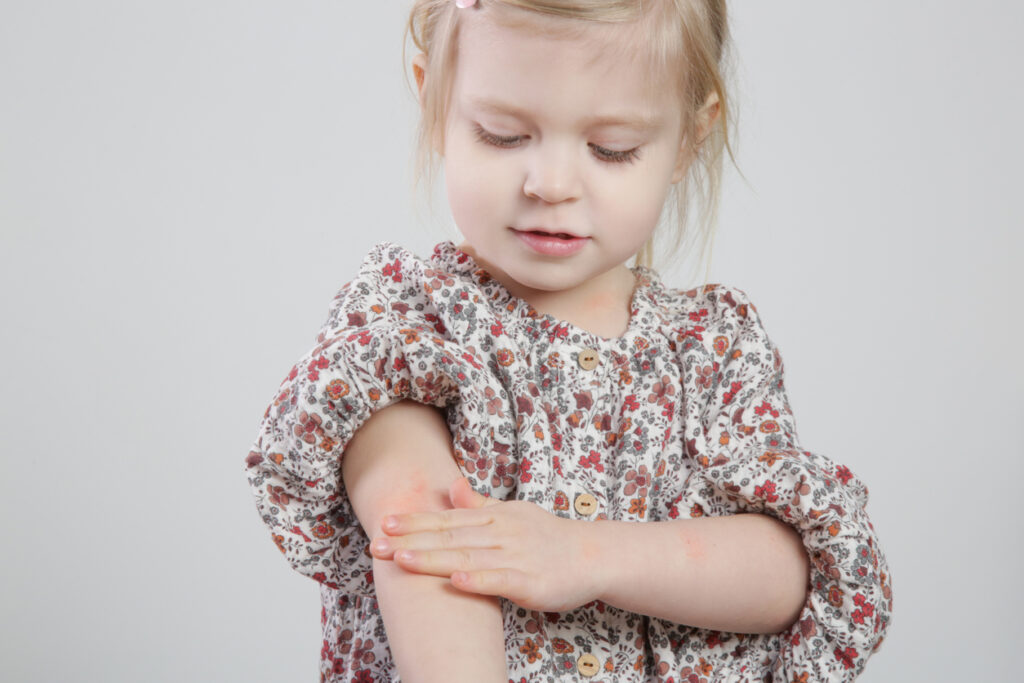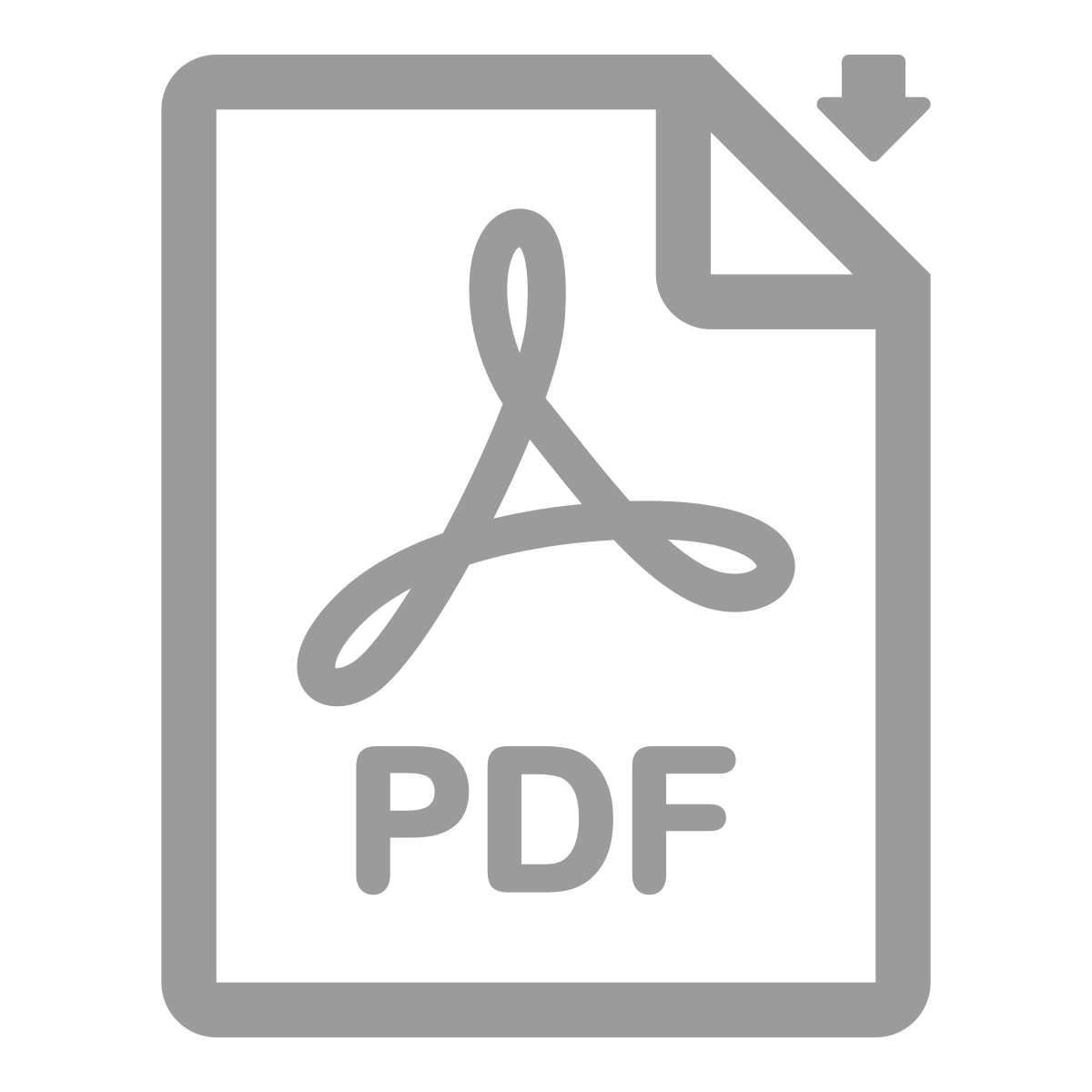Roflumilast cream 0.15% and 0.05% (Zoryve, Arcutis Biotherapeutics, Inc.) improves quality of life by helping reduce sleep disruptions and provides long-term, durable disease control for people with atopic dermatitis (AD) aged 2 years and up.
The new data were presented at the 2025 Fall Clinical Dermatology Conference in Las Vegas, NV.
In one study, roflumilast cream 0.15% and 0.05% reduced the impact of AD on sleep loss/disturbance for study participants and families as compared to the vehicle across multiple patient-reported outcome measurements.
In addition, the reduced impact of AD on sleep for individuals with AD (and their family, in patients aged ≤17 years) was similar among the ≥6-year and 2–5-year-old age groups, this study showed.
The new data comprises three Phase 3 trials: INTEGUMENT-1/INTEGUMENT-2 and INTEGUMENT-PED.
“Sleep disruption is a persistent and often overlooked but very real daily burden for those impacted by atopic dermatitis, including young children and their families,” says Mercedes E. Gonzalez, MD, Medical Director of Pediatric Skin Research, LLC, in Miami, FL, the INTEGUMENT-PED clinical trial investigator, and lead author of the poster, in a news release.
“ZORYVE offers a safe, nonsteroidal, and targeted treatment option. In addition, these results highlight the clinically meaningful benefit of ZORYVE cream on reducing itch and improving sleep in young children with atopic dermatitis.”
As previously reported, roflumilast cream 0.15% and 0.05% was also shown to reduce itch as measured by the daily Worst Itch Numeric Rating Scale (WI-NRS). Improvements from baseline were greater with roflumilast cream 0.15% and 0.05% vs. vehicle throughout the trials, including at Week 4. On average, there was a greater reduction in mean WI-NRS scores within 24 hours of the first application among patients treated with roflumilast cream 0.15% or 0.05% compared with those treated with vehicle. Roflumilast cream 0.15% and 0.05% was well tolerated, with treatment-related adverse events (AEs) and serious AEs reported by ≤6% and <1% of patients, respectively, in the ZORYVE group across all studies. Application-site pain AEs were reported in 13 (1.5%) individuals in the roflumilast cream group in INTEGUMENT-1/2 and in seven (1.6%) individuals in INTEGUMENT-PED.
Proactive Twice-weekly Treatment Maintains Results
Once-daily roflumilast cream 0.15% and 0.05% improved AD signs and symptoms, and these improvements were maintained with proactive twice-weekly treatment, according to new long-term data from INTEGUMENT-OLE, a 52-week, Phase 3 open-label extension (OLE) trial.
Study participants previously completed one of the pivotal Phase 3 trials, INTEGUMENT-1, INTEGUMENT-2, or INTEGUMENT-PED.
As previously reported, the data demonstrate that, even in young children aged 2-5 who have a higher body surface area (BSA) affected, the decrease in mean body surface area (BSA) affected through four weeks of treatment with roflumilast cream 0.15% and 0.05% in pivotal Phase 3 trials was maintained and improved further over an additional 52 weeks of treatment.
Starting in Week 4 of INTEGUMENT-OLE, participants who achieved a Validated Investigator Global Assessment for Atopic Dermatitis (vIGA-AD) score of Clear (0) switched to a proactive twice-weekly application. For participants who switched to twice-weekly application, the median duration of disease control (maintaining vIGA-AD of Clear or Almost Clear, with adequate control of signs and symptoms on the twice-weekly schedule application) was 238 days in children aged 2-5 and 281 days in adults and children aged 6 and up.
At 56 weeks, the percent of patients achieving vIGA-AD Clear or Almost Clear (0/1) was 55.7% in the INTEGUMENT-1/2 populations and 63.1% in the INTEGUMENT-PED population, compared to 41.3% and 40.3% at Week 4 of the OLE study, respectively. At 56 weeks, the percent of patients achieving WI-NRS rating of no/minimal itch (0/1) with roflumilast cream was 41.4% in the INTEGUMENT-1/2 population and 40.7% in the INTEGUMENT-PED population, compared to 25.5% and 25.5% at Week 4 of the OLE study, respectively.
The rate of treatment-related AEs during the OLE study was 2.5% in the INTEGUMENT-PED population and 4.7% in the INTEGUMENT-1/2 population, and application-site pain AEs were <1% across both populations.


